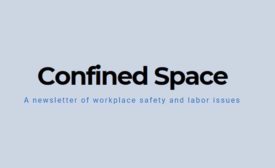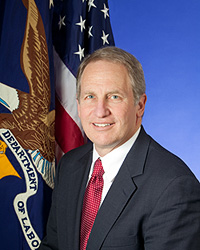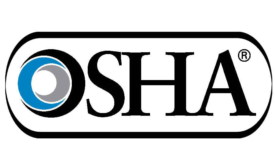News
A FairWarning story
Jury tacks on $80 million in punitive damages; total award $117 mm against Johnson & Johnson and Imerys
April 12, 2018
Black lung resurgence is "outrageous," says UMWA
“This is not a dust problem, it is an enforcement and compliance problem.”
April 12, 2018
Never miss the latest news and trends driving the safety industry
eNewsletter | Website | eMagazine
JOIN TODAYCopyright ©2024. All Rights Reserved BNP Media.
Design, CMS, Hosting & Web Development :: ePublishing









